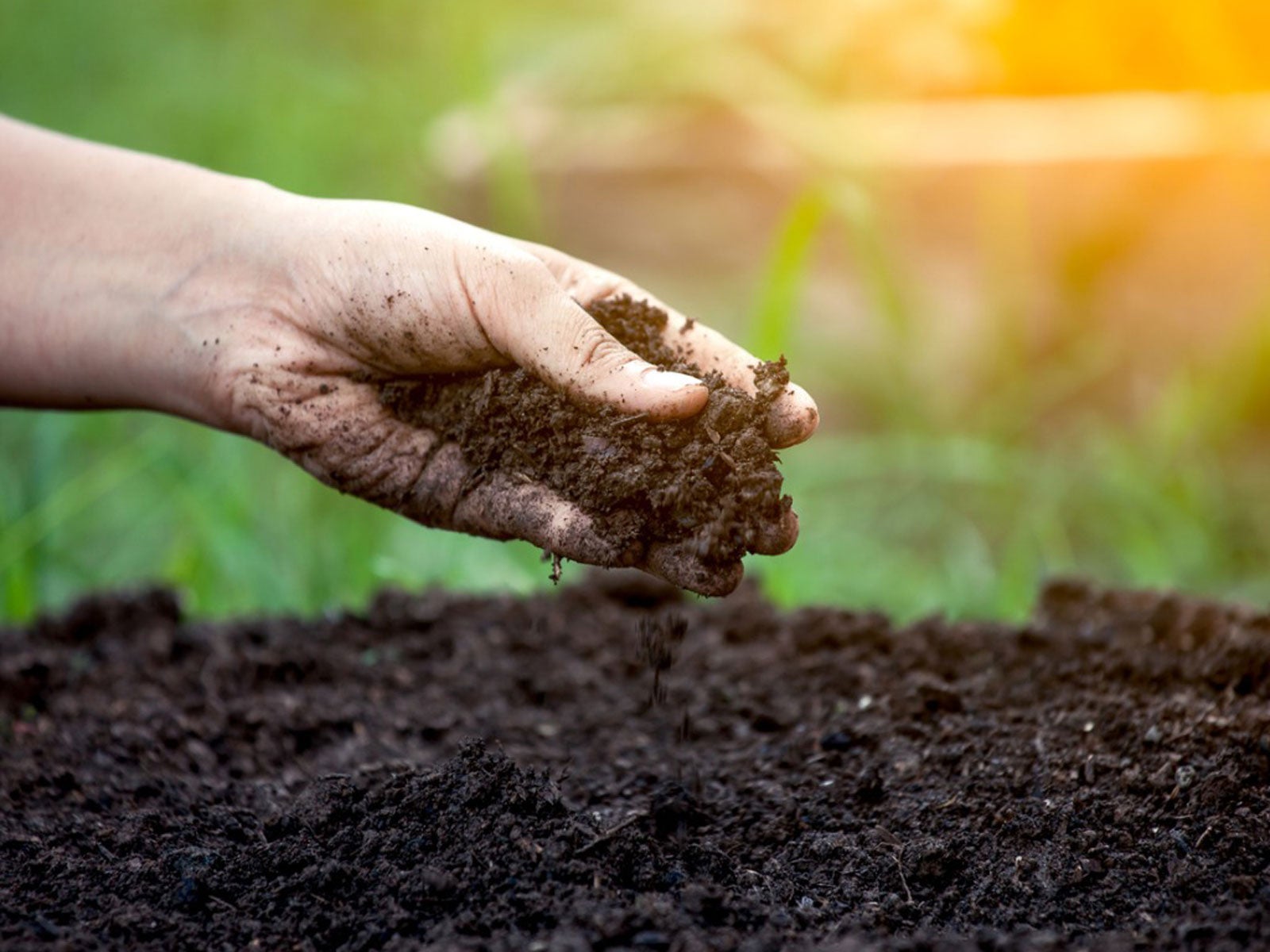
Gardeners know that the health of plants is related to several factors: light availability, temperature, soil pH, and fertility. All are important to the health of plants, but the most important thing is the amount of water available to the plant, which is referred to as percolation in soil.
Why is soil percolation important? Read on to learn what soil percolation is and how to test soil percolation.
What is Soil Percolation?
Anytime you plant or sow seeds, the instructions will most certainly say to plant in well-drained soil. This is because while it is a simple matter to introduce more water, it’s quite difficult to remove an excess of water in the soil.
Percolation in the soil is simply the movement of the water through the soil and a soil percolation test is the means to measuring this movement. It is related to both saturation and water that drains away from roots too rapidly.
Why is Soil Percolation Important?
Too much water in the soil means a lack of oxygen which leads to the growth of pathogens and the inability of the plant to uptake water. Thus, it is important to know the percolation rate or speed with which the water moves through the soil to reduce the incidence of soil-borne pathogens.
How to Test Soil Percolation
There are a few methods to test percolation in soil. One is the smell test. Soil that is dense with water and poorly draining tends to have a foul aroma. This is due to mercaptans (natural gas or skunk odors) and hydrogen sulfide (rotten eggs) that are released within the soil.
Another indicator of soil with a low percolation rate is the color of the soil. Well-drained soils are brown or reddish while those that are saturated tend to be blue/gray.
Sign up for the Gardening Know How newsletter today and receive a free copy of our e-book "How to Grow Delicious Tomatoes".
Visual and olfactory cues are the first indicators of soil with improper drainage, but a DIY soil percolation or perk test will be the most definitive.
DIY Soil Percolation Test
Soil percolation rates are measured in terms of minutes per inch. So, the first thing to do is dig a hole that is at least a foot (31 cm.) across by a foot (31 cm.) deep. If you want to test the entire property, dig several holes in various areas of the landscape.
Next, fill the hole(s) with water and allow it to sit overnight to thoroughly saturate the soil site.
The next day, refill the hole(s) with water. Measure the drainage rate each hour by laying a stick or other straight edge across the top of the hole and using a tape measure to determine the water level. Keep measuring the water level every hour until the water has drained.
The ideal soil drainage is about 2 inches (5 cm.) per hour, although 1 to 3 inches (2.5-8 cm.) is fine for plants with average drainage needs. If the rate is less than an inch (2.5 cm.) per hour, the drainage is too slow, and the soil will either need improving or be planted with specimens that tolerate sodden soils.
If the drainage is more than 4 inches (10 cm.) per hour, it is too fast. The soil will need to be amended with compost and other organic matter either by digging it in or using it as a top dressing. Other options are to choose plants suited to this rapid drainage or build raised beds atop the soil.

Amy Grant has been gardening for 30 years and writing for 15. A professional chef and caterer, Amy's area of expertise is culinary gardening.
